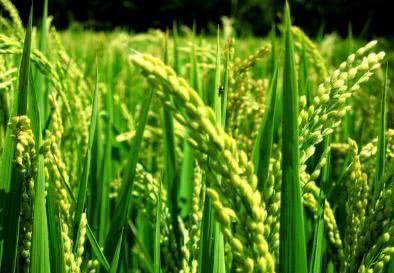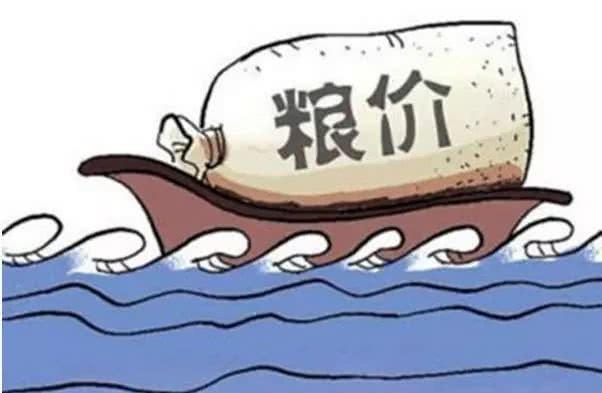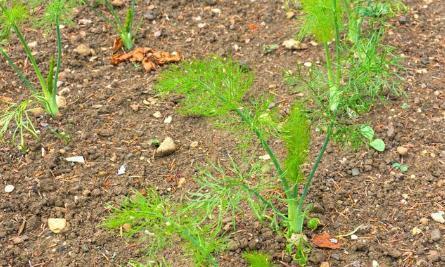How to manage rice during the critical period of rice growth in August?

Let's first take a look at the growth period of the waterway, the rice growth period is divided into three stages: 1. Vegetative growth stage (from germination to young panicle differentiation) 2. The stage of vegetative growth and reproductive growth (from young panicle differentiation to florescence) 3. Reproductive growth stage (from flowering to full maturity) the above three growth stages are composed of 10 different growth stages, which are: germination stage, seedling stage, tillering stage, jointing stage, booting stage, heading stage, flowering stage; milk stage, wax stage, full-ripe stage
In August, most of the rice is in the stage of vegetative growth and reproductive growth. This is the critical period of yield formation, when the physiological metabolism of rice changes from nitrogen metabolism to carbon and nitrogen metabolism, which not only requires rich nitrogen sources, but also accumulates enough carbohydrates and ensures them to be transported to the panicle. so that the rice plant grows healthily and the base is thick and round. It is necessary to scientifically manage fertilizer and water and prevent diseases, pests and weeds, so as to lay a good foundation for high yield of rice.
Specifically from the following aspects:
Moisture aspect
Reasonable irrigation and drying can not only ensure the basic number of seedlings per mu, but also lay the groundwork for lodging resistance in the later stage. When the basic tiller number of the whole field reaches about 35w/ mu, it is necessary to timely drain and dry the field, control the occurrence of invalid tillering, and at the same time ensure that the surface is moist at the booting stage, and then irrigate the "horse race water" again. When the ear is about to come out, keep the phreatic layer 3-5cm, and use intermittent irrigation at the heading and flowering stage. After drying the field, keep the water layer around 10cm.
In terms of diseases, pests and weeds
During the whole growth period of rice, on the basis of chemical weeding, artificial weeding, vegetative growth and reproductive growth, need to absorb a lot of water and nutrients from the soil, too many weeds are too dense, it is bound to compete with rice for fertilizer and water, affecting yield, dichloroquinolinic acid has a good effect on barnyardgrass, dimethyl tetrachloride + herbicide pine has a special effect on Sagittaria mandshurica and Sagittaria mandshurica. The main diseases in this period were Chilo suppressalis, Chilo suppressalis, rice planthopper, armyworm, etc., and the main diseases were sheath blight, rice blast and so on. Methamectin (methamectin benzoate water dispersible granule) + benzoate suspension was used to prevent and treat diseases and pests.
In terms of fertilization, 6:4 is suitable for nitrogen distribution in vegetative growth and reproductive growth, which can effectively reduce ineffective tillers and increase panicle rate and 1000-grain weight. Skillfully applying panicle fertilizer, the general early maturing varieties can not be applied, while the middle and late maturing varieties should be applied with 20-30 jin / mu compound fertilizer to improve the seed setting rate and promote large panicles.
Here is science to promote agriculture, welcome to add attention, with you to grow knowledge.
The original copyright of the article belongs to the Science Xingnong account, and infringement must be investigated.
- Prev

The slow growth rate of grain prices in the past two years is what hinders the growth of grain prices?
From the comparison between the growth rate of agricultural material planting cost and the growth rate of grain price in recent years, the growth rate of grain price is indeed too sluggish. In the case of corn, it has not increased since the reform of grain collection and storage in 2015.
- Next

The Beginning of Autumn can harvest fennel in two months after planting fennel
When it comes to fennel, I think of the steamed buns my mother used in fennel bags. I really can't stand the smell, but I like it when I block my mother. Every year, we have to make room for my mother to grow fennel in my vegetable garden. Fennel.
Related
- Wuhan Hospital Iron Tree Blooming Result Was Instantly Frightened by the Gardener Master
- Which variety of camellia is the most fragrant and best? Which one do you like best?
- What is the small blue coat, the breeding methods and matters needing attention of the succulent plant
- Dormancy time and maintenance management of succulent plants during dormancy
- Minas succulent how to raise, Minas succulent plant pictures
- What are the varieties of winter succulent plants
- How to raise succulent plants in twelve rolls? let's take a look at some experience of breeding twelve rolls.
- Attention should be paid to water control for succulent plants during dormant period (winter and summer)
- Watering experience of twelve rolls of succulent plants
- Techniques for fertilizing succulent plants. An article will let you know how to fertilize succulent plants.

